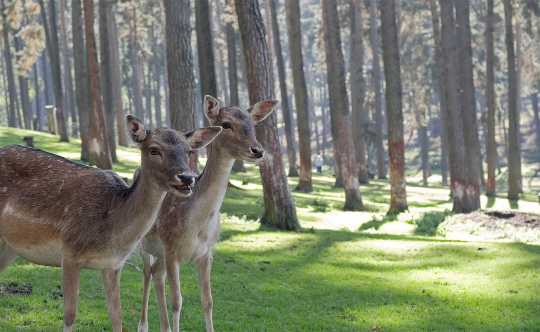Climate change is a global issue that is having a profound impact on wildlife habitats around the world. The changing climate is causing changes in temperature and precipitation patterns, leading to disruptions in ecosystems and ultimately affecting the plants and animals that call these habitats home. As the planet continues to warm, the consequences for wildlife are becoming increasingly severe, with many species facing extinction if significant action is not taken to address the root causes of climate change.
One of the most notable impacts of climate change on wildlife habitats is the loss of critical habitats due to rising sea levels. As polar ice caps melt and ocean temperatures rise, coastal habitats such as mangrove forests, coral reefs, and salt marshes are being inundated with water, forcing species to migrate to higher ground or risk drowning. This loss of habitat is particularly devastating for species that are already threatened or endangered, as it reduces the available space for them to live and reproduce.
In addition to the loss of coastal habitats, climate change is also causing changes in the distribution of species as they move to find more suitable habitats. As temperatures rise, many species are moving towards the poles or to higher elevations in search of cooler temperatures, leading to disruptions in ecosystems and competition for resources. This shift in species distribution can have cascading effects on entire ecosystems, as predators and prey may no longer be in balance, leading to population declines and even extinctions.
Changes in precipitation patterns are also impacting wildlife habitats, as some regions are experiencing more frequent and severe droughts, while others are facing increased flooding. These extreme weather events can have serious consequences for wildlife, as they may destroy habitats, flood nesting sites, or wash away food sources. For example, in the Amazon rainforest, droughts have become more common in recent years, leading to widespread forest fires that have devastated vast areas of habitat and killed countless plants and animals.
Another significant impact of climate change on wildlife habitats is the loss of biodiversity. As temperatures rise and habitats change, many species are unable to adapt quickly enough to survive, leading to declines in population numbers and even extinction. This loss of biodiversity not only affects the species directly impacted by climate change, but also has far-reaching effects on the entire ecosystem, as each species plays a unique role in maintaining the balance of the ecosystem.
In addition to the direct impacts of climate change on wildlife habitats, there are also indirect effects that can further exacerbate the situation. For example, as habitats shift and species move to new locations, they may come into contact with new predators, competitors, or diseases that they are not adapted to, leading to further declines in population numbers. Invasive species may also take advantage of the changing climate to expand their range, outcompeting native species for resources and further destabilizing ecosystems.
Despite the overwhelming challenges posed by climate change, there are steps that can be taken to mitigate its impact on wildlife habitats. One of the most effective strategies is to reduce greenhouse gas emissions that are driving climate change, by transitioning to renewable energy sources, increasing energy efficiency, and implementing policies that limit carbon emissions. Protecting and restoring habitats is also crucial, as intact ecosystems are more resilient to the impacts of climate change and provide a refuge for species to adapt to changing conditions.
In addition to these proactive measures, it is also important to support conservation efforts that focus on protecting species that are most vulnerable to the impacts of climate change. This may include creating wildlife corridors that allow species to move freely between habitats, establishing protected areas where species can thrive, and implementing captive breeding programs to prevent extinctions. By taking a multi-faceted approach to conservation, we can help ensure that wildlife habitats remain intact and that species have the best chance of surviving in a changing climate.
In conclusion, the impact of climate change on wildlife habitats is profound and far-reaching, with species around the world facing unprecedented challenges as temperatures rise and ecosystems are disrupted. It is imperative that we take action to address the root causes of climate change and protect habitats that are essential for the survival of countless plants and animals. By working together to reduce greenhouse gas emissions, protect biodiversity, and support conservation efforts, we can help ensure that wildlife habitats remain intact and that species have a fighting chance to adapt to a changing climate. The time to act is now, before it is too late for the plants and animals that share our planet.

